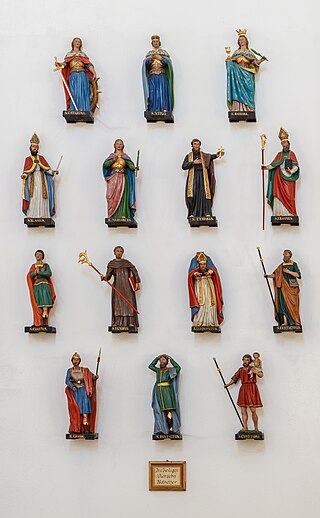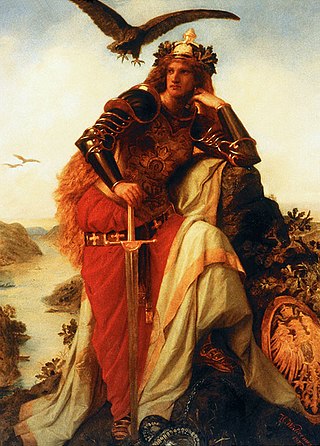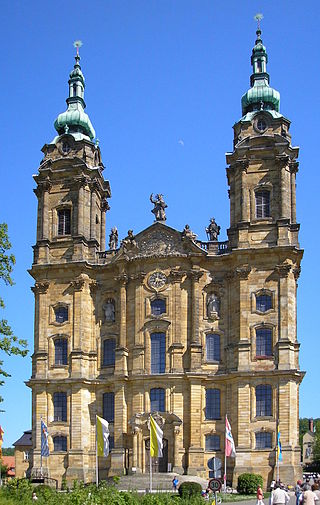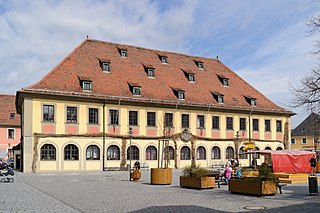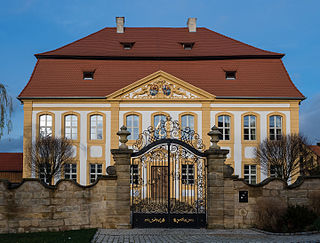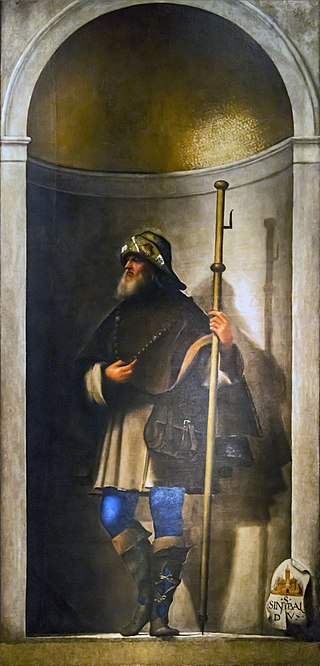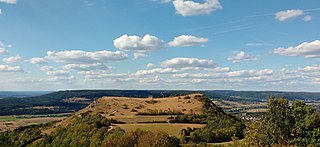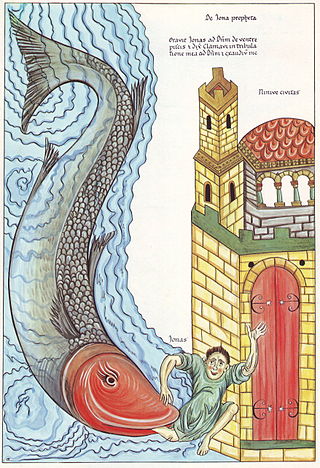Wohlauf, die Luft geht frisch und rein,
wer lange sitzt, muss rosten.
Den allerschönsten1 Sonnenschein
lässt uns der Himmel kosten.
Jetzt reicht mir Stab und Ordenskleid
der fahrenden Scholaren.
Ich will zur schönen Sommerszeit
ins Land der Franken fahren,
valeri, valera, valeri, valera,
ins Land der Franken fahren!
Der Wald steht grün, die Jagd geht gut,
schwer ist das Korn geraten.
Sie können auf des Maines Flut
die Schiffe kaum verladen.
Bald hebt sich auch das Herbsten an,
die Kelter harrt des Weines.
Der Winzer Schutzherr Kilian
beschert uns etwas Feines,
valeri, valera, valeri, valera,
beschert uns etwas Feines.
Wallfahrer ziehen durch das Tal
mit fliegenden Standarten.
Hell grüßt ihr doppelter Choral
den weiten Gottesgarten.
Wie gerne wär’ ich mitgewallt,
ihr Pfarr’ wollt mich nicht haben!
So muss ich seitwärts durch den Wald
als räudig Schäflein traben,
valeri, valera, valeri, valera,
als räudig Schäflein traben.
Zum heil’gen Veit von Staffelstein
komm ich empor gestiegen,
und seh’ die Lande um den Main
zu meinen Füßen liegen.
Von Bamberg bis zum Grabfeldgau
umrahmen Berg und Hügel
die breite stromdurchglänzte Au.
Ich wollt’, mir wüchsen Flügel,
valeri, valera, valeri, valera,
ich wollt’, mir wüchsen Flügel.
Einsiedelmann ist nicht zu Haus’,
dieweil es Zeit zu mähen.
Ich seh’ ihn an der Halde drauß’
bei einer Schnitt’rin stehen.
Verfahr’ner Schüler Stoßgebet
heißt: Herr, gib uns zu trinken!
Doch wer bei schöner Schnitt’rin steht,
dem mag man lange winken,
valeri, valera, valeri, valera,
dem mag man lange winken.
Einsiedel, das war missgetan,
dass du dich hubst von hinnen!
Es liegt, ich seh’s dem Keller an,
ein guter Jahrgang drinnen.
Hoiho, die Pforten brech’ ich ein
und trinke, was ich finde.
Du heil’ger Veit von Staffelstein
verzeih mir Durst und Sünde,
valeri, valera, valeri, valera,
verzeih mir Durst und Sünde!
| Get up, the air blows fresh and clean,
those who sit for long have to rust.
The sky lets us taste
the most beautiful sunshine.
Now hand me the staff and habit
of the wandering scholars.
I want to travel to the land of the Franconians
during the beautiful summertime.
Valeri, valera, valeri, valera,
travel to the land of the Franconians!
The woods are green, the hunting's good
the grain has become heavy.
They can hardly load the ships
on the floods of the river Main.
Soon the grape harvest will begin,
the wine press awaits the wine.
The patron saint of the vintners, Kilian,
bestows something nice on us.
Valeri, valera, valeri, valera,
bestows something nice on us.
Pilgrims travel through the valley
with flying standards.
Their double chorus greets highly
the vast divine garden.
How I would have loved to come along,
their priest did not want me!
So I must trot as a mangy lamb
sideways through the woods.
Valeri, valera, valeri, valera,
trot as a mangy lamb
I ascend
to the Saint Veit of Staffelstein,
and see the land around the Main
lying at my feet.
From Bamberg to the Grabfeld Gau
mountains and hills frame
the broad pasture divided by a shining stream.
I wish I would grow wings,
Valeri, valera, valeri, valera,
I wish I would grow wings.
The hermit is not at home,
meanwhile, it is time to reap.
I see him outside on the side of the hill
near a [female] reaper.
The lost student's quick prayer
reads: Lord, give us something to drink!
But you can wave for a long time
at him who stands near a beautiful [female] reaper,
valeri, valera, valeri, valera,
you can wave at him for a long time.
Hermit, that was unbecoming
of you to run away!
There is, I can see it from the looks of the cellar,
a good vintage within.
Hoiho! I break down the doors
and drink what I find.
You Saint Veit of Staffelstein,
forgive my thirst and sin!
Valeri, valera, valeri, valera,
forgive my thirst and sin! |




